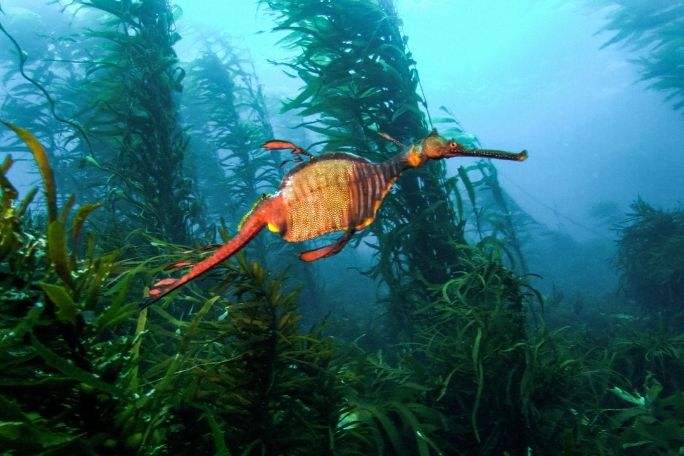Lesson summary
This lesson incorporates clips from Blue The Film as learning inspiration. In this finding out lesson, students will use visible thinking routines to respond to visual stimulus of the the ocean and ocean ecosystems. They will begin to learn about communicating meaning by telling personal stories. They consider ways the ocean is changing as a result of human activities and critically reflect on real or imagined experiences of the ocean. Students also develop their skills in communicating personal experience using reflective language.
Learning intentions:
Students will...
- begin to understand the nature and value of reflection and personal experience and the connection between these in terms of telling stories
- begin to understand and articulate the role the ocean has played in Australia and for both visitors and citizens alike.
Success criteria:
Students can...
- write a clear and concise reflection about their real or imagined experiences with the ocean using reflective language and some description
- explain the role that the ocean has played for people and communities in Australia and explain, where relevant, the way it has influenced themselves.
Lesson guides and printables
Lesson details
Curriculum mapping
Australian curriculum (8.4) content descriptions:
Year 8 English:
- Investigate how visual and multimodal texts allude to or draw on other texts or images to enhance and layer meaning (ACELA1548).
- Explore the interconnectedness of Country/Place, People, Identity and Culture in texts including those by Aboriginal and Torres Strait Islander authors (ACELT1806).
- Recognise and explain differing viewpoints about the world, cultures, individual people and concerns represented in texts (ACELT1807).
Syllabus outcomes: EN4-6C, EN4-8D.
General capabilities: Literacy, Critical and Creative Thinking
Cross-curriculum priority: Sustainability
Relevant parts of Year 8 English achievement standards: Students create texts for different purposes, selecting language to influence audience response. They make presentations and contribute actively to class and group discussions, using language patterns for effect. Students demonstrate understanding of grammar, select vocabulary for effect and use accurate spelling and punctuation.
Unit of work: Blue The Film: Our Oceans and Our Future
Time required: 60 mins.
Resources required
- Student Worksheet – one per student
- Device capable of presenting a website, clip and digital worksheet to the class
- The Ocean Stimulus Images
Skills
This lesson is designed to build students’ competencies in the following skills:
- Communication
- Creativity
- Critical thinking
- Global citizenship
- Social skills
Additional info
Level of teacher scaffolding: Low – lead students in discussion.
Blue is a feature documentary film charting the drastic decline in the health of our oceans. With more than half of all marine life lost and the expansion of the industrialization of the seas, the film sets out the challenges we are facing and the opportunities for positive change. Blue changes the way we think about our liquid world and inspires the audience to action. Find out how to screen or download the film here. Along with the film is an ambitious global campaign to create advocacy and behaviour change through the #oceanguardian movement. To become an ocean guardian, see the website.


Welcome back!
Don't have an account yet?
Log in with:
By signing up to Cool.org you consent and agree to Cool's privacy policy to
store, manage and process your personal information. To read more, please see
our privacy policy here(Opens in new tab).
Create your free Cool.org account.
Many of our resources are free, with an option to upgrade to Cool+ for premium content.
Already have an account?
Sign up with:
By signing up to Cool.org you consent and agree to Cool's privacy policy to
store, manage and process your personal information. To read more, please see
our privacy policy here(Opens in new tab).